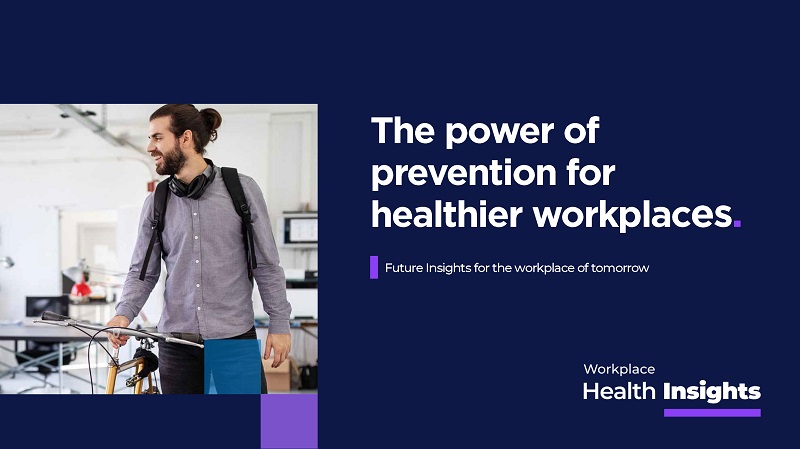[SPONSORED CONTENT]
The Workplace Health Insights series brings you the latest healthcare trends, interviews with medical experts and specialist insight from Bupa: all designed to keep you and your organisation one step ahead.
For the latest insights on supporting mental health in the workplace, take a look here.
Using behavioural insights to build resilience
Building and supporting resilient teams will determine not only how well many businesses and workforces survive — but how well they thrive.
To meet this challenge and help organisations build stronger and more adaptable teams, Bupa is developing an innovative workforce metrics litmus test to measure health and wellbeing in any organisation.
Dr Naomi Humber, a Clinical Psychologist and Head of Mental Wellbeing at Bupa Health Clinics explains: “Benchmarking, and taking into account the factors which influence resilience, will provide a clear understanding of what is happening within the organisation – and where to focus interventions to build and maintain resilience.
“Workplace demographics vary dramatically; it is important to listen to employees — and foster an environment in which team members have the confidence to speak honestly and openly.
“This will make sure that health and wellbeing initiatives are fit for purpose and person-centred.
“It also makes sure interventions are responsive to different life experiences, needs, and goals, and promote individualised introspections and insights.”
Six key data actions
Understand your workforce
Map the resilience of your workforce using available data. This could include rates and patterns of absence due to sickness, overtime, feedback given on personal development reviews, staff turnover and exit interviews, and how successfully different teams within the businesses are performing and meeting targets.
How do you compare?
Is there any benchmarking data which shows how your business is performing in relation to others in your industry, or geographic location?
Decide where to focus
Identify existing or potential risks, using one of the readily available self-assessment tools. This is often a useful way to assess what is happening and where to focus. Does employee feedback point to particular areas of concern?
Explore potential barriers
Using this knowledge as a lens to focus on the factors which underpin the current situation, identify the barriers to change. Have you considered the different life experiences and needs of all of your staff?
Research solutions
Search for relevant insights into what has worked elsewhere. A good place to start is reviewing research and data from government, industry bodies, academic research and other stakeholders. Address any knowledge gaps, or specific issues, with surveys and listening exercises with staff.
Monitor and review
Assess the impact of interventions — using the process above, assess what is working, and any improvements which can be made.
How to improve workforce resilience
Every business is unique and will face its own unique challenges, but there are a number of elements which are relevant to all organisations.
Here are some ways to impact workplace resilience:
- Use targeted interventions to encourage health-positive behaviours;
- Deliver clarity and purpose through communications and messaging;
- Operate and lead with compassion, in order to engage the workforce;
- Support mental health and recognise the challenges teams may face;
- Have a strong core culture and ethos, to maintain a shared sense of cohesion;
- Foster resilience skills and qualities — such as the ability to adapt, or adopt a growth mindset;
- Share responsibility and control across the workforce;
- Develop financial security and sustainability;
- Embrace diversity and inclusivity;
- Understand and manage employee expectations.
Bupa’s Behavioural Insights can support businesses by showing how data and workplace metrics can be used to inform decision making, and make sure interventions are designed to work in the real world.
With it becoming increasingly important to recruit and retain talent, and research showing that younger people — our future — have struggled most with their mental health during the pandemic, maximising resilience should be a priority for every organisation.
This article has been abbreviated by Health & Protection. The full article on preventing disease through health in the workplace can be found as part of the Workplace Health Insights series from Bupa, take a look here.
